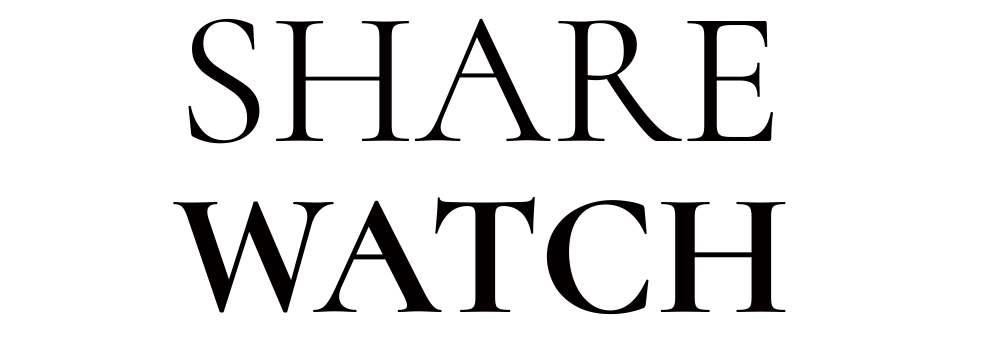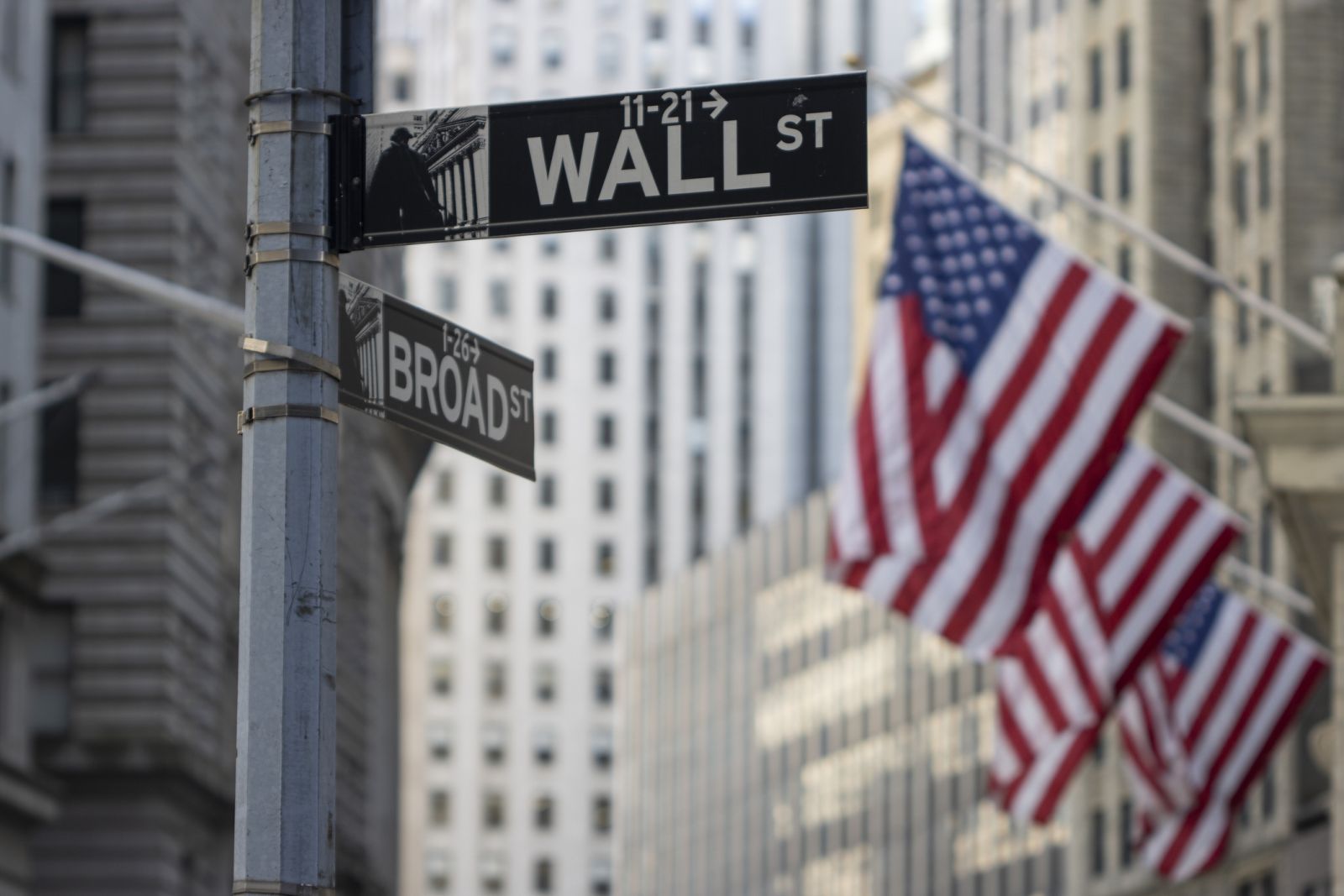The S&P 500 Index ($SPX) (SPY) on Friday fell by -0.20%, the Dow Jones Industrials Index ($DOWI) (DIA) rose by +0.17%, and the Nasdaq 100 Index ($IUXX) (QQQ) fell by -0.43%. September E-mini S&P futures (ESU25) fell -0.22%, and September E-mini Nasdaq futures (NQU25) fell -0.44%.
Stocks on Friday saw downward pressure from the weaker-than-expected US consumer sentiment report. Other bearish factors included a +3 bp rise in the 10-year T-note yield and reduced expectations for Fed rate cuts at the next two FOMC meetings. The rest of Friday’s US economic news was largely in line with market expectations, and the US retail sales report was supportive of the US economic growth outlook.
Join 200K+ Subscribers: Find out why the midday Barchart Brief newsletter is a must-read for thousands daily.
The markets as of Friday's stock market close were still awaiting the outcome of the Trump-Putin summit in Alaska. The outcome could have macroeconomic implications regarding tariffs and oil prices, and could, of course, have significant consequences for European security.
Friday's headline US retail sales report was slightly weaker than market expectations, but there was an upward revision for June, leaving the report roughly neutral for the markets. The markets welcomed the report amidst worries about how US retail spending will hold up with a weaker labor market and consumer uncertainty about inflation and the economic outlook. July US retail sales rose +0.5% m/m, slightly weaker than market expectations of +0.6%, although June was revised higher to +0.9% from +0.6%. July retail sales ex-autos rose +0.3% m/m, in line with market expectations and down from June's revised +0.8% (preliminary +0.5%).
The University of Michigan's preliminary-Aug US consumer sentiment index fell by -3.1 points to 58.6, which was weaker than expectations for a +0.3 point increase to 62.0. The survey showed that US consumer expectations for inflation rose to +4.9% over the next year and +3.9% for the next 5-10 years. The survey also found that 58% of consumers plan to cut spending due to inflation.
July US import prices rose +0.4% m/m, stronger than expectations of +0.1%. On a year-on-year basis, July US import prices strengthened to -0.2% from a revised -0.5% y/y in June. July US import prices ex-petroleum rose +0.3% m/m versus June's revised -0.2% (preliminary unchanged).
Friday's July US industrial production report of -0.1% m/m was slightly weaker than expectations of unchanged, although June was revised upward to +0.4% m/m from +0.3%. July manufacturing production was unchanged m/m, matching market expectations, while July was revised higher to +0.3% from +0.1%.
The Aug Empire manufacturing index of 11.9 was substantially stronger than market expectations of zero and was up from July's 5.5.
Chicago Fed President Austan Goolsbee delivered mildly hawkish remarks on Friday, stating that he would like to see at least one more inflation report to ensure that persistent inflation pressures aren't emerging. He expressed concern about the high service inflation data in the July CPI report but noted the importance of not placing too much weight on a single month's data.
The markets on Friday continued to adjust to the inflation outlook following Thursday's hawkish PPI report. The July final-demand PPI surged to +3.3% y/y (nominal) and +3.7% y/y (core). The PPI report suggested that the markets were overly optimistic about Tuesday's CPI report and that companies are passing through tariffs at the wholesale level at a higher pace than earlier thought. Following the report, the markets erased any hopes of a -50 bp rate cut at the Fed's September meeting and pulled back expectations for a -25 bp rate cut to 93% from 100% before the report.
Weak Chinese economic reports overnight on Friday were negative for the global economic growth outlook. China's economy is weakening due to US tariffs and the Chinese government's attempt to crack down on excessive competition that has driven prices to loss-making levels in some industries. China's July retail sales report of +3.7% y/y was weaker than expectations of +4.6% and down from June's +4.8%. China's July industrial production report of +5.7% y/y was weaker than expectations of +6.0% and was down from June's +6.8%. China's July jobless rate rose to 5.2% from June's +5.0% and was higher than expectations. China's July property investment fell -12.0% ytd y/y from -11.2% in June and was weaker than expectations of -11.4%.
Regarding tariffs, President Trump on Friday said, "I'll be setting tariffs next week and the week after on steel and on, I would say chips – chips and semiconductors, we'll be setting sometime next week, week after." Mr. Trump last week said he planned a 100% tariff on semiconductors but would exempt companies that move chip manufacturing to the US. Mr. Trump also mentioned 200% or 300% tariffs on chips.
In other recent tariff news, Mr. Trump on Tuesday extended the tariff truce with China for another 90 days until November. Mr. Trump announced last Wednesday that he will double tariffs on US imports from India to 50% from the current 25% tariff, due to India's purchases of Russian oil. Last Tuesday, Mr. Trump said that US tariffs on pharmaceutical imports would be announced "within the next week or so." According to Bloomberg Economics, the average US tariff will rise to 15.2% if rates are implemented as announced, up from 13.3% earlier, and significantly higher than the 2.3% in 2024 before the tariffs were announced.
Federal funds futures prices are discounting the chances for a -25 bp rate cut at 85% at the September 16-17 FOMC meeting, down from 93% on Thursday. The markets are discounting the chances at 40% for a second -25 bp rate cut at the following meeting on October 28-29, down from 53% on Thursday.
Earnings reports indicate that S&P 500 earnings for Q2 are on track to rise +9.1% y/y, much better than the pre-season expectations of +2.8% y/y and the most in four years, according to Bloomberg Intelligence. With over 82% of S&P 500 firms having reported Q2 earnings, about 82% of companies exceeded profit estimates.
Overseas stock markets on Friday closed higher. The Euro Stoxx 50 closed up +0.26%. China's Shanghai Composite closed up +0.83% but remained below Thursday's 3.75-year high. Japan's Nikkei Stock 225 rallied +1.71% but remained below Wednesday's record high.
Interest Rates
September 10-year T-notes (ZNU25) on Friday fell -5.5 ticks, and the 10-year T-note yield rose +3.3 bp to 4.318%. T-note prices fell on Friday as the University of Michigan's survey showed an increase in consumer inflation expectations and as the market slightly curbed expectations for Fed rate cuts at the next two meetings.
Underlying bullish factors on Friday included the weak US consumer sentiment report and the -1.1 bp decline in the 10-year breakeven inflation expectations rate to 2.385%. The rest of Friday's US economic news was roughly neutral.
European government bond yields rose. The 10-year German bund yield rose +7.6 bp to 2.788%. The 10-year UK gilt yield rose by +5.6 bp to 4.696%.
Swaps are discounting the chances at 5% for a -25 bp rate cut by the ECB at the September 11 policy meeting.
US Stock Movers
The Magnificent Seven on Friday closed mixed. The largest decliner was Tesla (TSLA) with a decline of -1.49%. Alphabet (GOOG) and Meta (META) showed modest gains, and Amazon (AMZN) was little changed.
The Dow Jones Industrial Average showed relative strength compared to the broader indexes due to a +12% rally in UnitedHealth Group (UNH) and a +3.9% rally in Salesforce (CRM).
Chip stocks nearly all traded lower on Friday, led by a decline of -14% in Applied Materials, -8.4% in KLA-Tencor (KLAC), and -7.3% in Lam Research (LRCX).
On the positive side for the chip sector, Intel (INTC) closed up +2.7% after a Bloomberg report said the Trump administration is investigating using US Chips Act funds to take a US government stake in Intel.
Applied Materials (AMAT) fell -14% after disappointing management guidance.
Bitcoin (^BTCUSD) fell -0.7%. Crypto stocks moved lower, led by a sell-off of -7.5% in Riot Platforms (RIOT) and -2.2% in Coinbase (COIN).
UnitedHealth Group (UNH), Lennar (LEN), and DR Horton (DHI) saw support Friday after a 13F filing showed that Warren Buffett's Berkshire Hathaway bought shares in the companies during Q2. UnitedHealth Group (UNH) rallied nearly +14% since 13F filings showed that David Tepper's Appaloosa Management also boosted its holdings in the health care insurer.
Sandisk (SNDK) fell -4.6% after issuing disappointing management guidance.
Target (TGT) fell -1.2% after a downgrade by Bank of America to underperform from neutral.
Earnings Reports (8/18/2025)
Palo Alto Networks Inc (PANW), XP Inc (XP).
On the date of publication, Rich Asplund did not have (either directly or indirectly) positions in any of the securities mentioned in this article. All information and data in this article is solely for informational purposes. For more information please view the Barchart Disclosure Policy here.
More news from Barchart
- Bearish on Canada? The Trend is Your Friend.
- S&P Futures Tick Higher With Focus on U.S. Retail Sales Data and Trump-Putin Meeting
- Everything You Need to Know About High-Yield Savings Accounts in August 2025
- Grain Market Update: Could a Rate Cut, Inflation Spur Fund Buying in Wheat, Soybeans, and Corn?
The views and opinions expressed herein are the views and opinions of the author and do not necessarily reflect those of Nasdaq, Inc.




